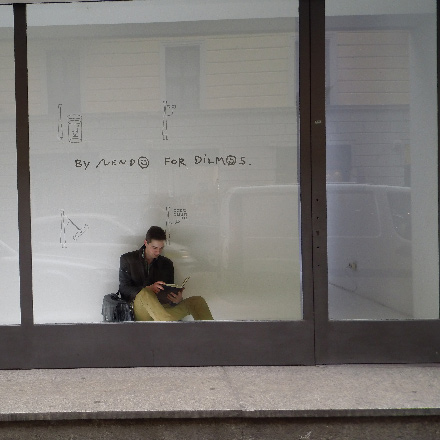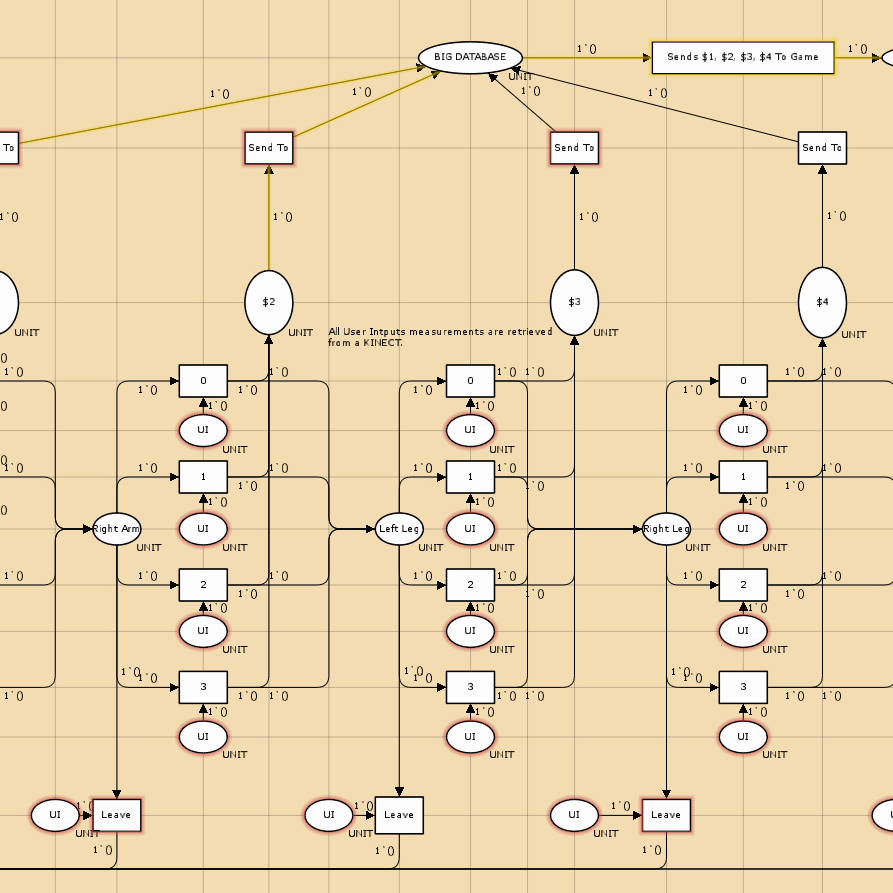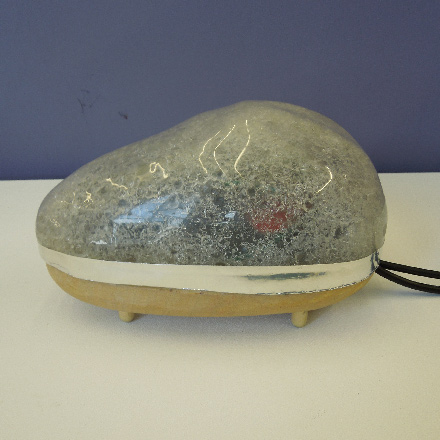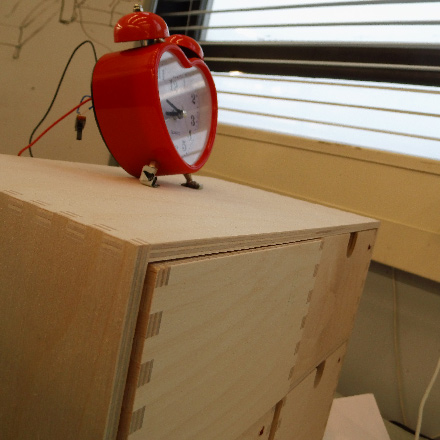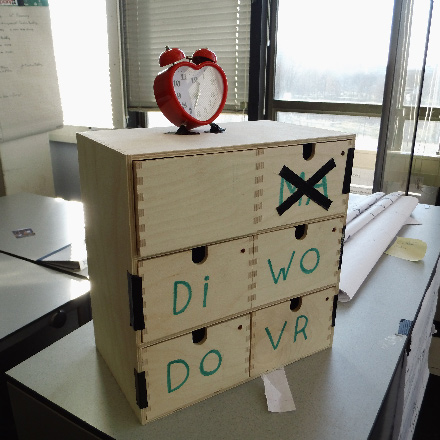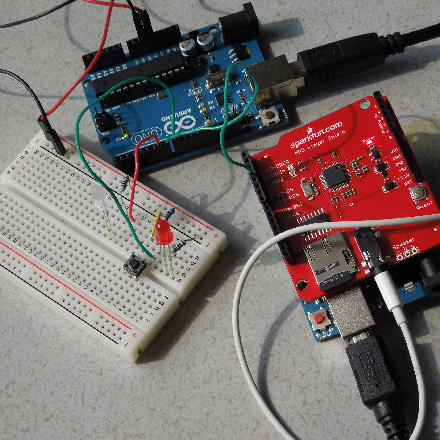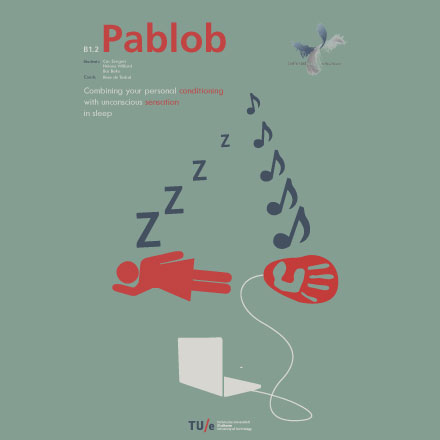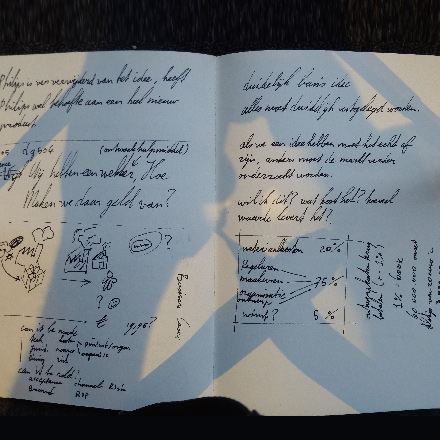I'm Bas Bakx, born in 1994 in Ossendrecht, where I attended the local primary school.
If you were to ask me what i wanted to be when i grow up at the turn of the century, i would have said "inventor", becoming an inventor was put on hold for a few years in favor of learning to read and do maths.
In 2012 I got my Gymnasium degree studying at Het Juvenaat in Bergen op Zoom.
After that I could finally start to realise my dream, I started studying Industrial Design at the TU/e, where I am developing to become a competent designer.
Identity
As the owner of my favourite shoe brand Floris van Bommel kindly wrote on the sole of my shoes:
"I like to make nice shoes."
I too like to make nice things, what I don’t like is explain why they are nice. While it is valuable to discuss design and it’s interpretation, I consider a design failed if it doesn’t evoke immediate response from its users. This makes it vital for me to keep an open mind to interpretations of my and anyone else’s work. I try to look further than a user’s preferences; I design to make people realise what they want, not to make what people realise they want. As the late Steve Jobs said:
"You can't just ask customers what they want and then try to give that to them.
By the time you get it built, they'll want something new."
When I create I focus on details and context, any design choice should be justified, it should have a reason behind it, an opinion, a story. I design the same way I would write a book, piece by piece, justified and expressive. This makes it impossible for me to separate form and function, I like to lead a design back to its roots to make it nothing more and nothing less than it should be. This results in an inherent preference for minimalism and artistic properties.
Vision
I don’t believe in design fashion. While most certainly there are observable trends I disagree that they should be interpreted as a fundamental factor to design, they just highlight one facet of design that the zeitgeist seems to be most interested in. Design should change the world in every thinkable way, not follow it. When famous designer Dieter Rams was asked about consumer research at Braun he simply answered with:
"Never. We wanted to change the world."
Of course this expression calls the reader to implement some nuances, but at heart it is nothing short of the genius in its simplicity. At the surface it looks so simple, just a sentence, but it means so much more than a literal interpretation.
For me design is much more than an “in and out” thing, good design is timeless by being pure and minimalistic. In being timeless I consider context to be one of the most important factors; I believe an object communicates as much with its environment as with its user. Design has a purpose and should fulfil it, but should never be shaped without reason.









